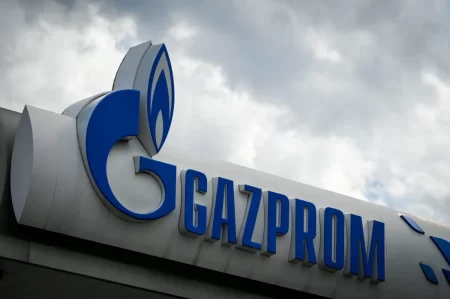
Singapore — A recent surge in liquefied natural gas (LNG) prices in China is likely to be shortlived, traders and analysts said, as state-run producers build up supplies to cope with winter chills and prevent a repeat of the 2017 crunch.
Wholesale prices of the super-chilled fuel almost doubled over three weeks in December as an early cold snap was accompanied by robust post-pandemic manufacturing activity and some provinces burning more gas as part of a national drive to shift away from coal.
The spike in wholesale delivered prices to a peak of more than 9,000 yuan ($1,376.36) per tonne at factories and LNG filling stations in northern China on Dec. 21, the highest in three years, was exacerbated by dealers hogging imported fuel.
“The price surge in December was totally not expected because dominant producers have prepared ample supplies of both piped gas and LNG, having also pumped in more gas into expanding underground storages,” said Guo Jian, head of gas research with Sublime China Information.
Heating demand surged in northern regions, where gas is now a dominant heating fuel for more than 20 million homes, and several provinces in central and east China reported power surges and shortages.
The soaring prices were a reminder of the winter of 2017, when China experienced a severe gas crunch that left factories shut and homes freezing as Beijing’s aggressive anti-pollution drive to discard coal fuelled demand for gas. Prices peaked at around 10,000 yuan that winter.
However, despite the early price surge this season, most analysts do not expect a repeat of 2017.
“Large dealers propped up prices after seeing city-gas firms scrambled to replenish stocks after the first cold spell, but that rush is over and prices are already correcting,” said Li Ruipeng, a private dealer in north China’s Tangshan who ships LNG in trailers to factories and gas filling stations.
Delivered wholesale prices have already eased back from the December highs to around 7,000 yuan per tonne this week.
Preparation began in advance of winter, with national producers ramping up domestic gas drilling and imports and Beijing allowing regions more flexibility on heating sources, including the use of electricity and coal.
Importers were expected to bring in a record of more than 9 million tonnes of LNG in December, putting China ahead of Japan as the world’s top buyer for a second consecutive month.
As well as ramping up supplies of piped gas from Russia with volumes rising to 28.8 million cubic meters a day from Jan. 3, Chinese companies were accelerating drilling at domestic fields including shale gas in the Sichuan basin.
Also expected to take effect this winter was the launch of a new national company, PipeChina, late last year to take over the ownership and operation of oil and gas pipelines and storage facilities from state-owned energy giants PetroChina.
That reform of the infrastructure system was expected to both streamline supply and encourage more independent suppliers, helping to stabilize prices, SCI’s Guo said.
“I am keeping a cool and analytical head, holding out for prices to come off further… while a few of my friends got badly burned buying at high,” said Tangshan dealer Li.
($1 = 6.5390 yuan)
(Reporting by Chen Aizhu; Editing by Jane Wardell)



